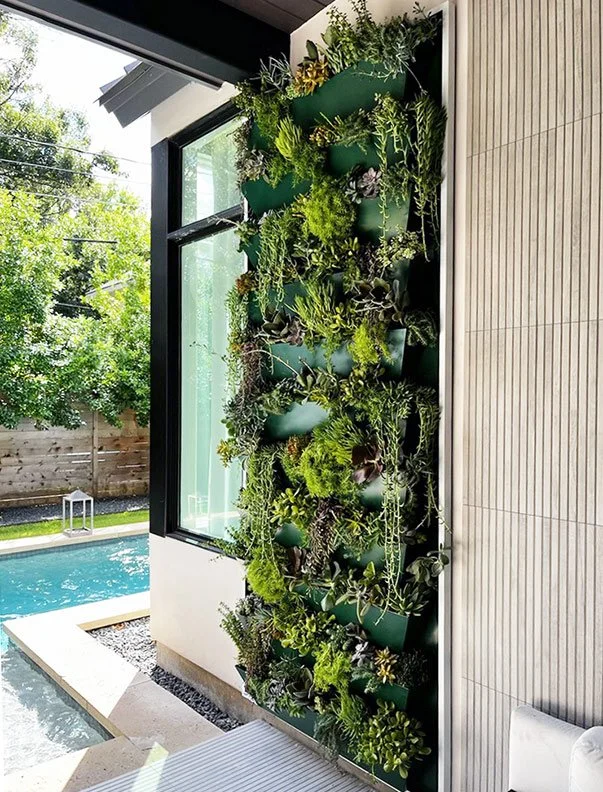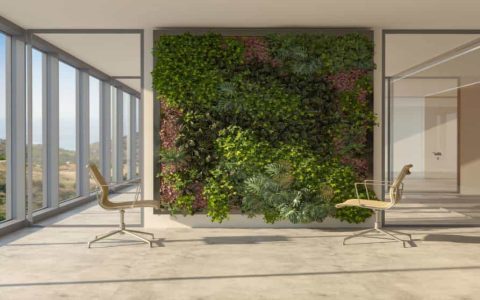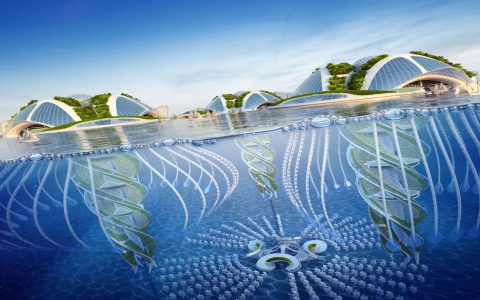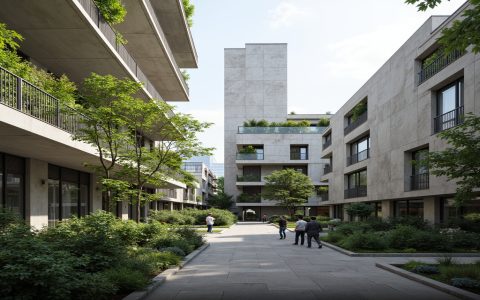Living walls, or vertical gardens, significantly depend on frame designs to support plant growth and structural integrity. Choosing between indoor and outdoor versions involves distinct factors including environmental exposure, maintenance needs, and material durability. This analysis cuts through the fluff to highlight key contrasts.
Indoor Living Wall Frame Designs
Indoor frames prioritize controlled environments, typically using lightweight, non-corrosive materials like aluminum or treated wood. They require minimal weatherproofing but demand regular maintenance for factors like irrigation and lighting.
- Advantages: Enhanced air purification, year-round usability regardless of climate, and customizable aesthetics for tighter spaces.
- Disadvantages: Higher energy costs for artificial lighting, frequent watering, and potential for mold in humid areas if drainage systems are inadequate.
- Design Focus: Frame must integrate seamlessly with HVAC systems and include modular components for easy access and replacement.
Outdoor Living Wall Frame Designs
Outdoor frames face harsh elements, necessitating robust, weather-resistant materials like galvanized steel or UV-stabilized polymers. They leverage natural resources but require sturdier supports to withstand wind, rain, and temperature fluctuations.

- Advantages: Reduced watering needs due to rainfall, larger scale installations with biodiversity benefits, and lower long-term energy inputs.
- Disadvantages: Vulnerability to pests, seasonal damage, and higher initial costs for durable, corrosion-proof frames.
- Design Focus: Must incorporate effective drainage, wind anchors, and soil erosion controls to ensure longevity and safety.
Which is Better?
The choice hinges on context. For low-maintenance, eco-friendly solutions in variable climates, outdoor designs excel due to natural sustainability. However, in space-constrained, controlled settings like offices or homes, indoor frames are superior for precision and year-round reliability. Always assess site-specific factors like budget and usage intensity for optimal results.







